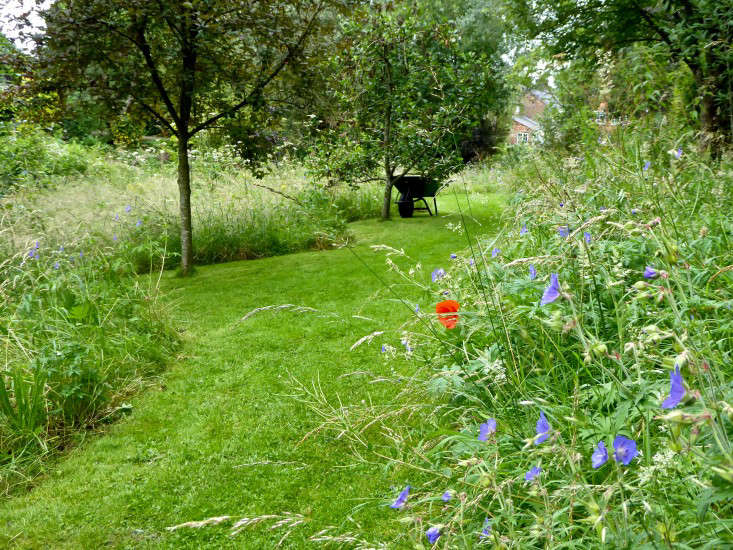North America has been through more than a few tree blights and insect infestations. Pretty much all of them have been devastating for the affected species as well as the species that rely on the trees for food and shelter. We’ve lost American chestnut and elm trees to blights. Emerald ash borers are decimating ash trees. And now there is beech leaf disease.
Beech leaf disease was first discovered in North America in Ohio in 2012. Caused by Litylenchus crenatae mccannii, a microscopic parasitic worm native to Asia, the disease is found in American and European beeches. (In Japanese beeches, the nematode causes a mild disease.) As of 2022, the disease has spread to Pennsylvania, New York, New Jersey, Connecticut, Massachusetts, Rhode Island, Maine and Canada, and there are reports of it popping up in Virginia and Michigan. The disease kills trees by damaging their ability to photosynthesize, which cascades into a general decline in tree health, opening it up to secondary infections. All of this can kill a tree in as little as six years.
Why is beech leaf disease a big deal?

Beeches make great ornamental trees, but they are also one of the most abundant trees in eastern forests. Second only to maples and along with birches, beeches are a major part of the eastern canopy. It has both ecological and economical importance. Beechnuts provide food for squirrels, chipmunks, black bear, deer, foxes, and birds (such as blue jays and ducks). Beech wood is used in furniture, flooring, veneer, and plywood. With their deep roots, these trees also prevent erosion.
Beeches can live up to 300 years old, with some specimens reaching 400 years old. They can grow between 80 and 130 feet tall, and need to be between 40 and 60 years old to produce nuts. The disease is killing younger trees faster than older ones, which will change the forest composition in years to come if there are no new trees to replace the ones that die of old age or other diseases.
What are the symptoms of beech leaf disease?

The simplest test is to look up on a bright day. If the beech leaves look like they have dark stripes when backlit, chances are the tree is infected. This is the earliest symptom. The nematodes infect the space between the veins in the leaves, making that area appear darker. Later symptoms are deformed leaves (curled, shriveled and leathery), early leaf drop, dead buds, and a thinning canopy.
How does beech leaf disease spread?
It is thought that it is spread via infected twigs, leaves, and soil from infected areas.
What to do if you find an infected tree?

The first thing to do is notify your state department of environmental protection, state forestry department, or the state cooperative extension so they can track the spread. Most of the states listed above have online sites dedicated to the disease. You can contact your local tree service professional, but because the disease is so new, it may not be on their radar yet, especially if it hasn’t spread to your area.
Unfortunately, there is no cure for beech leaf disease. State extension offices are testing various chemicals, both fertilizers and insecticides, some of which are not available to the homeowner. Being that the disease is still relatively new, progress is slow. They have had limited success with some of the treatments, but these have unwanted ecological side effects.

Until there is a viable treatment, do your part to prevent the spread of beech leaf disease by:
- Monitoring trees (yours and those in your area) for the disease.
- Notifying your state’s appropriate agency if you come across the disease.
- Removing infected trees quickly from your property.
- Not moving tree material and soil from infected areas.
- Checking trees at nurseries before purchasing.
- Planting resistant varieties when and if available.
See also:
- Search & Destroy: Goutweed, the Invasive Ground Cover of Your Nightmares
- Search & Destroy: Scarlet Lily Beetles
- Search & Destroy: Lesser Celandine








Have a Question or Comment About This Post?
Join the conversation